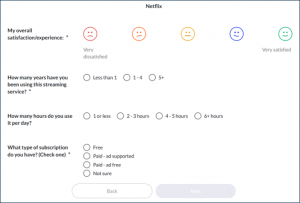
by Braden Kelley
What Customer Experience Really Is
Customer experience (CX) is an essential part of any organization’s success. CX is much more than the level of customer service a company provides. CX is the totality of a customer’s interactions with an organization over the course of their shared relationship. Customers develop a perception of an organization across all their interactions. This perception is an accumulation of the physical, emotional, social, and psychological experiences they have when interacting with the product or service itself, to the way they’re greeted on the phone, to the quality of the interfaces to the organization, its employees, and its information.
Successful organizations consciously create a positive and memorable experience for the customer, from the moment they first engage with the organization. Organizations must design their overall experience with the customer in mind, and tailor it as much as possible to the individual customer’s needs and preferences. Creating meaningful interactions with customers and delivering a great customer experience drives loyalty, trust, and word-of-mouth not just now, but for years to come.
Only the Customer Can Improve the Customer Experience – Usually
This may almost sound like I’m blaming the customer for their bad experience, but the customer does play a central role in making their own experience better. But sometimes they are actively prevented from doing so.
When it comes to customer experience improvement initiatives, many organizations behave in a quite parental way. They think they know best, and instead of investing the time, energy and money to gather the voice of the customer, they use of the voice of the business instead.
The voice of the business is what I call it when an organization speaks on behalf of the customer, assuming and asserting that they know what the customer is thinking and knows what they want (or need). This can be a shortcut used to produce a customer journey map on a deadline, but can quickly turn into a detour if you don’t then validate it with real life customers to make sure that your visualization of the customer journey is accurate and representative.
Only the customers know what their experience is. So go talk to them!
Continue reading the rest of this article on HCLTech’s blog
Image credits: Pexels
![]() Sign up here to join 17,000+ leaders getting Human-Centered Change & Innovation Weekly delivered to their inbox every week.
Sign up here to join 17,000+ leaders getting Human-Centered Change & Innovation Weekly delivered to their inbox every week.



